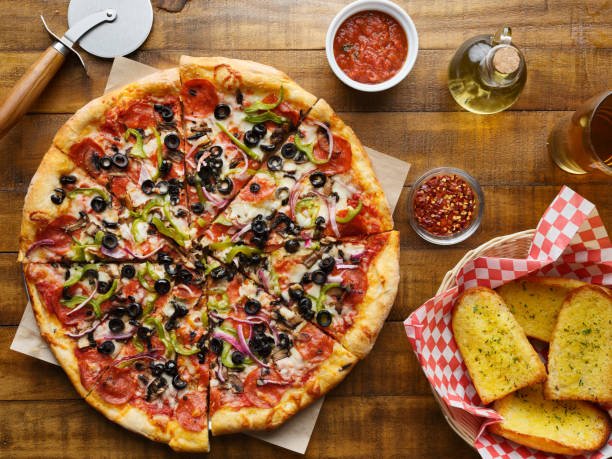Have you ever wondered if more website traffic automatically means more sales? As a frozen pizza case study will show, it’s not that simple.
More traffic does NOT always equal higher conversion rates. Conversion rate is the percentage of your website visitors that take a desired action, like making a purchase or signing up for your email list.
In this article, we’ll cover:
- The relationship between traffic and conversion
- A real-world example with data
- Tips to improve conversion rates
Why Visitors Aren’t Converting (And What to Do About It)
There are a few key reasons visitors may enter your site but ultimately not convert into paying customers:
They don’t trust your business – With no prior brand recognition or social proof, visitors may hesitate to purchase or share personal info. Add testimonials, customer photos, security badges, and reassure visitors their data is safe.
Your offer doesn’t connect – If your product or service doesn’t clearly solve their pain points, visitors won’t convert. Optimize your copy to directly address customer needs and explain exactly how you can help.
The purchase process is confusing – Complicated site navigation and unclear calls-to-action will stall conversions. Simplify navigation, reduce form fields, make buttons more prominent, and guide visitors each step.
Site speed is slow – With ecommerce conversion rates dropping 7% for every extra second of load time, slow sites severely impact conversions. Optimize images, enable compression, reduce redirects, upgrade servers, and test site speed.
Mobile optimization is lacking – As mobile purchases continue to climb globally, inadequate mobile experiences directly reduce conversions. Prioritize mobile responsiveness, check out forms, typography, and create device-specific landing pages.
More Traffic Can Mask Poor Conversion Rates
Many businesses focus heavily on driving more traffic to their site. But what really matters is how many of those visitors convert into paying customers.
For example, here is data from a fictional frozen pizza company:
| Month | Website Visitors | Online Sales | Conversion Rate |
| January | 5,000 | 250 | 5% |
| February | 10,000 | 350 | 3.5% |
When they doubled their traffic from January to February, their online sales only increased by 40%. Yet their conversion rate dropped by 1.5%.
So even though overall sales rose slightly, a smaller percentage of visitors actually bought something. More traffic masked an underlying issue with conversion.
Optimizing Conversion Rate Over Traffic
Instead of spending all your time driving more traffic, focus on optimizing your website to convert visitors into buyers.
Here are 3 tips to improve conversion rates:
- Simplify your purchase process– eliminate unnecessary steps to reduce abandonment.
- Improve page speed– faster load times keep visitors engaged.
- Add social proof– display customer reviews and testimonials.
Making these small changes could increase conversion rates dramatically. And you don’t need more traffic to boost revenue – just better converting traffic.
The Takeaway
As the frozen pizza case study helped illustrate, more website traffic does not guarantee increased sales or conversion rates. Pay attention to both metrics to properly evaluate and improve performance.
Rather than endlessly chasing more traffic, dedicate time to understanding your customers and optimizing each step of their journey. This will transform visitors into happy, loyal customers.
What has been your experience with website traffic vs conversion? Do you have any other conversion rate optimization tips? Let me know in the comments!



